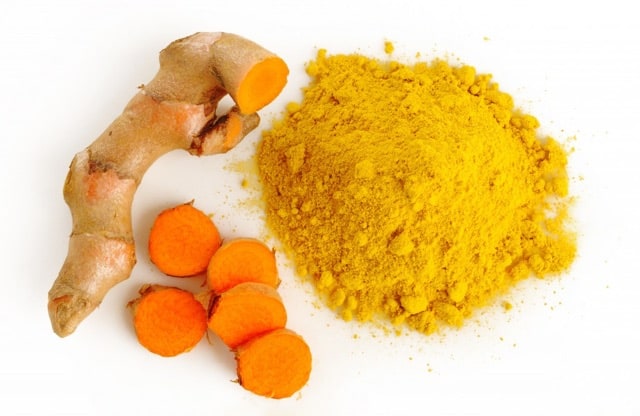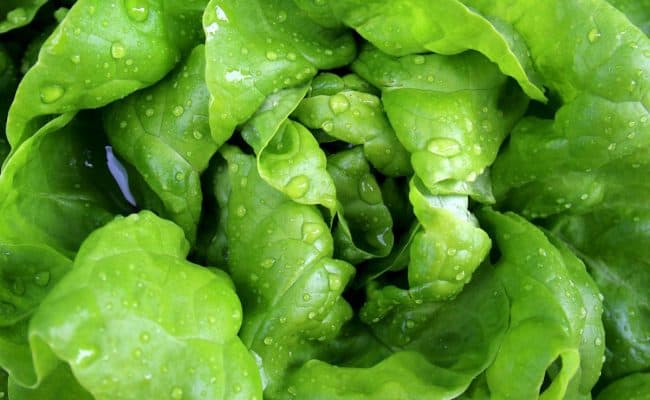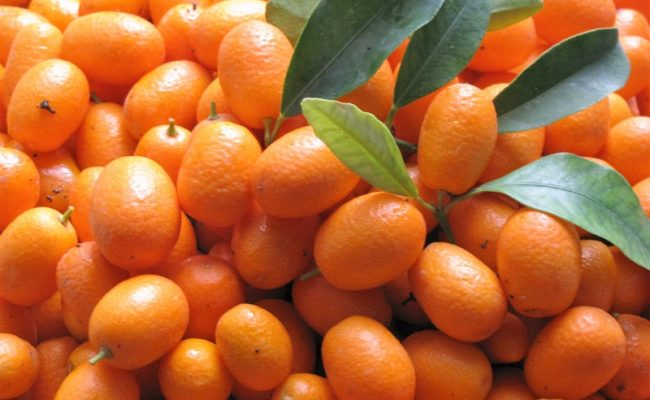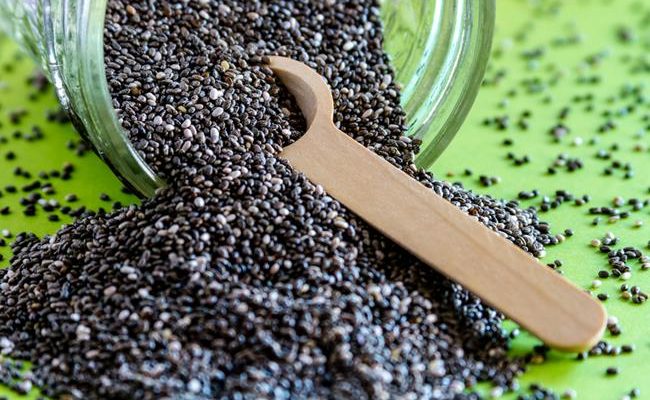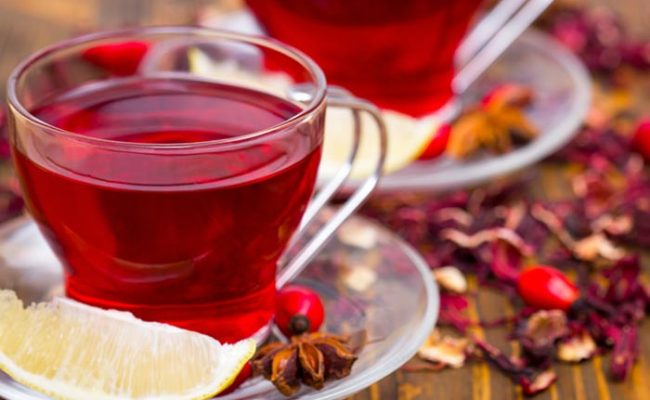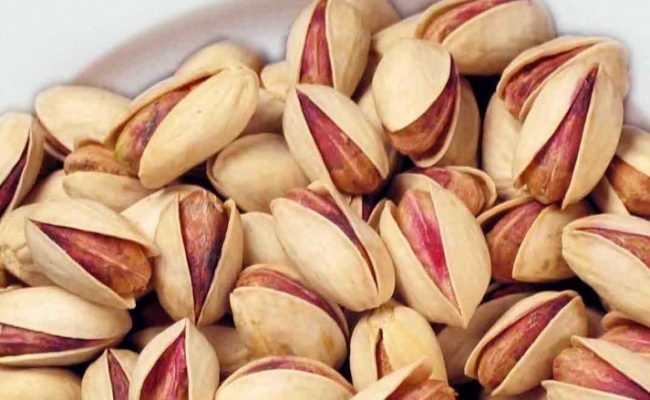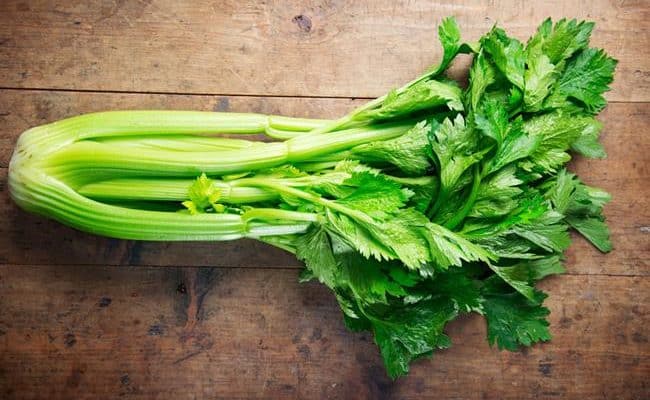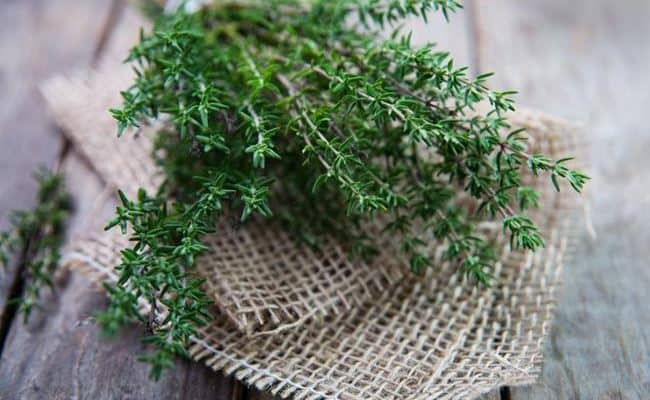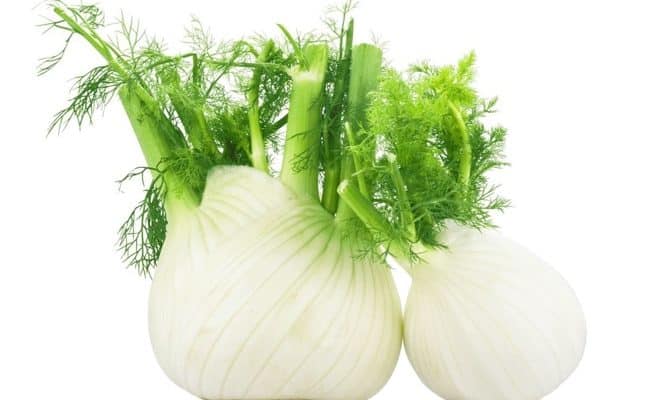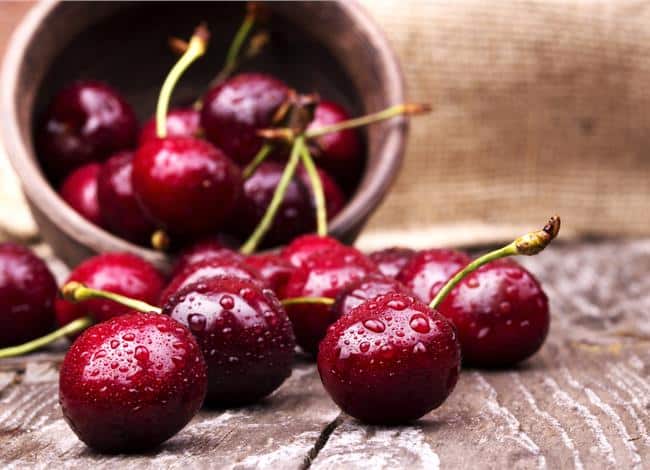
Millions of Americans suffer every day from acute or chronic pain and cost society between $560-635 billion dollars every year. The desire to get relief from pain whether a simple headache or a symptom of a chronic disease can be very important for daily life.
To help manage pain, many turn to the use of NSAIDS, which are drugs used to block pain and inflammation. Over the counter NSAIDS, like aspirin, ibuprofen or naproxen, are readily available and of course stronger prescription drugs are available for pain.
Pain medications are necessary for some health conditions, but according to the FDA (1) the use of NSAIDS can have some risks. Like any drug, some people can have allergic reactions to NSAIDS, and using NSAIDS every day could increase risk of stomach problems.
Using non-aspirin NAIDS may also increase the risk for heart attack or stroke.
Certain foods can naturally help with pain relief, and in some cases have been shown in studies to be as effective as pain medications. If you are looking for natural ways for pain relief, try adding these foods and beverages to your diet.
Ginger
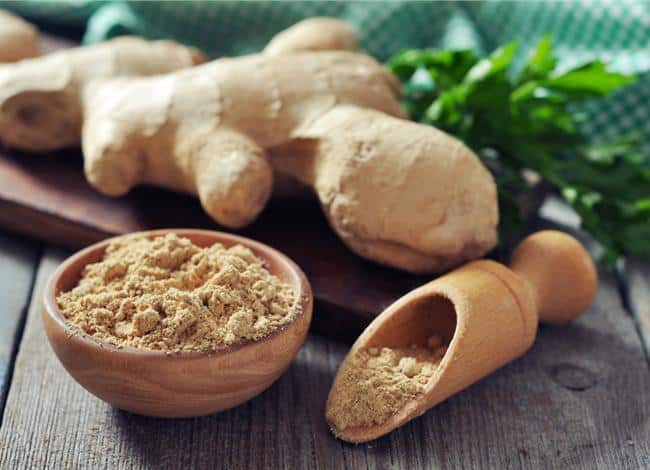
Ginger has been used for centuries as a remedy for gastrointestinal discomfort. Ginger is naturally high in antioxidants and can help fight inflammation.
A 2009 (1) and a 2012 study (2) found that ginger helped significantly for women who had premenstrual cramping. The 2009 study even found that the ginger supplement of 250 mg was as effective as ibuprofen for helping with pain relief.
A 2001 study (3) also suggests ginger may be helpful for pain associated with osteoarthritis. Patients with osteoarthritis received either a placebo or ginger supplement for 6 weeks.
Researchers found that the ginger root supplement offered significant moderate pain relief for osteoarthritis in the knee.
More research is needed for long term studies with ginger supplements and the effect of pain relief. Ginger root can be added many ways to the diet: eating candied ginger for something sweet, drinking ginger tea, adding ginger to smoothies, oatmeal or in savory dishes.
Fish oil
Research from the University of Pittsburgh found that most people had some relief from pain after taking fish oil supplements for 1-3 months (4).
Dr. Maroon, clinical professor in the Department of Neurological Surgery at the University of Pittsburgh Medical Center, suggests using fish oil can be seen as an anti-inflammatory with minimal or zero side effects. The only caution is to speak with your doctor before you start taking a fish oil supplement, especially if you are on a blood thinner.
To get more nutrient dense foods in your diet, aim to increase your food intake that naturally have omega 3’s. Serving recommendation for fatty fish, like salmon, mackerel or trout, is a 3.5 ounce serving 2-4 times per week.
Vegetarian sources of omega 3’s include: hemp seeds, chia seeds, flax seeds, flax oil and leafy greens.
Tart cherries
Some studies have shown that drinking tart cherry juice before and/or after exercise can help lower muscular pain. For example, a 2010 study (5) found runners had significantly less muscular pain after an endurance event than runners taking a placebo.
Runners took 2- 350 mL servings of tart cherry juice or placebo 7 days before an endurance race. Tart cherry juice also had a significant effect on lowering pain after exercise in a 2006 study (6).
The Arthritis Foundation (7) suggests studies have also shown tart cherries may be beneficial for reducing flare ups related to gout. Another study found that tart cherry juice lowered the amount of uric acid in the blood.
Cherries and other red or purple fruits and vegetables are high in antioxidants called anthocyanins. These anthocyanins may be responsible for helping with decreasing pain and inflammation.
The Arthritis Foundation suggests adding fresh cherries or tart cherry juice to your diet for the health benefits of cherries, but there is still not a specific serving size for daily intake of cherries for pain relief.
Turmeric
The vibrant yellow plant of turmeric has been used in ancient Asian cultures for centuries as a relief for digestive problems, wound healing and as a natural anti-inflammatory. A main compound in turmeric, curcumin, has been shown to fight inflammation and may help in inflammatory conditions such as colitis, arthritis and cancer (8).
Most studies with turmeric have a serving size of 400-600 mg taken up to 3 times per day. Excessive or long term intake of turmeric may cause gastric distress and may interfere with some medications.
Green tea
Green tea is a concentrated source of antioxidants, and studies have shown green tea could have protective benefit from cardiovascular disease or certain cancers. Green tea is also anti-inflammatory because if its compound called epigallocatechin-3 galate. Epigallocatechin-3 galate has been shown in some studies to protect cartilage from degradation.
A general recommendation for drinking green tea for antioxidant benefit is 3-4 cups per day or green tea extract of 300-400 mg per day (9). There is some individual variance with green tea intake because some people may be more sensitive to caffeine or stomach irritation from green tea.
Conclusion
There are many medications for pain relief, but some natural compounds in foods and beverages have also been shown to have powerful pain relief properties.
Ginger has been shown to be helpful with stomach discomfort, menstrual pain and arthritis.
Fish oil supplements can also offer some pain relief, and getting more omega 3’s in the diet can be one way to naturally fight inflammation in the body.
Tart cherries have been shown to help relieve or possibly help prevent muscle pain associated with exercise and may help reduce gout flare ups. Curcumin, a compound found in turmeric, may be beneficial for inflammatory conditions like colitis and arthritis.
Green tea, a powerful antioxidant source, could also help lower inflammation and protect cartilage from damage.
Before you start taking any supplement, speak with your doctor. Do not stop taking pain medication unless guided by a physician.
